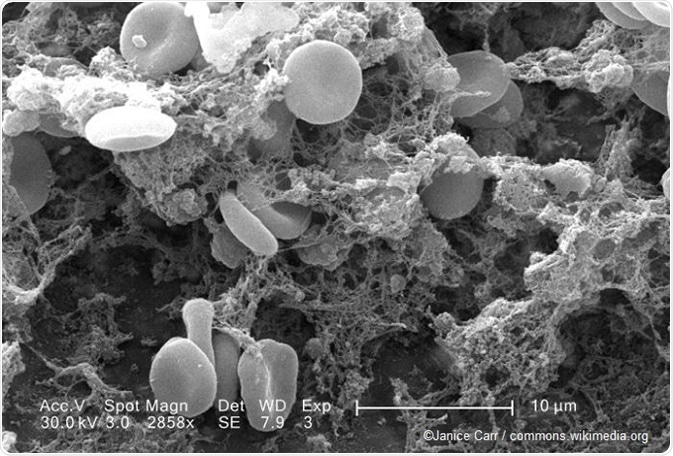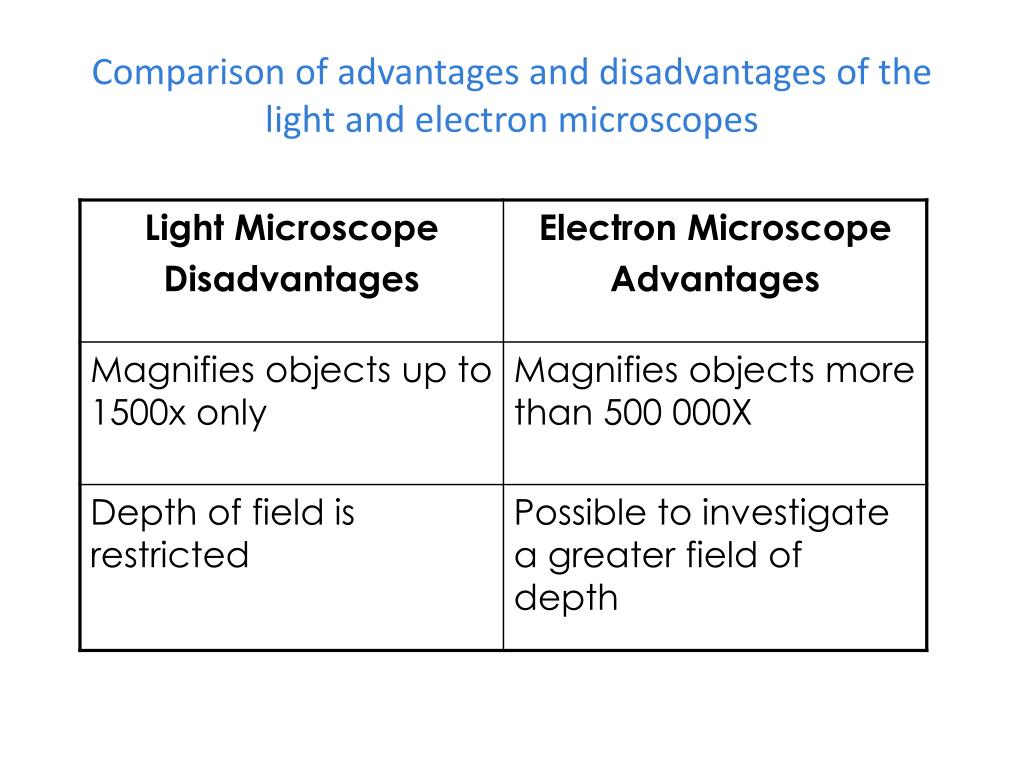

Currently, EM techniques are employed to undertake solid faceted mechanisms at near-atomic resolutions including Transmission Electron Microscopy (TEM), Cryo-Electron Microscopy (Cryo-EM), Scanning Transmission Electron Microscopy (STEM), 4D Electron Microscope as well as Correlated Light and Electron Microscopy (CLEM) (Meyer et al. 2009 Hoenger and Bouchet-Marquis 2011 Kourkoutis et al. 2007 Stahlberg and Walz 2008 Pierson et al. TEM based nanoscale visualization in structural biology is particularly constrained to stationary, fixed/embedded, stained or frozen samples that involve additional methods of sectioning, slicing or even fractionation of cells (Peckys and de Jonge 2014 Robinson et al. Inside the electron microscope, only those samples which are thin enough for easy electron beam absorption-transmission and able to withstand harsh vacuum conditions are resolved to achieve high resolution images. Whereas physical science has adopted TEM imaging to study energy transduction and probe based systems in a more comprehensive manner with better resolution.

In case of material sciences, TEM imaging established finer insights on the atomic rearrangements, defects, nano-structure dynamics and various structure-behavior characteristics.

In biology, it is implicated with the ability to delineate critical structural, functional and compositional information of heterogeneous specimens at near-atomic resolution. TEM offers powerful capabilities of imaging that can be reproduced to a broad range of disciplines like physical, chemical, material and life sciences. Transmission electron microscopy (TEM) involving electron scattering based optical imaging has been practiced worldwide since the early twentieth Century.


 0 kommentar(er)
0 kommentar(er)
